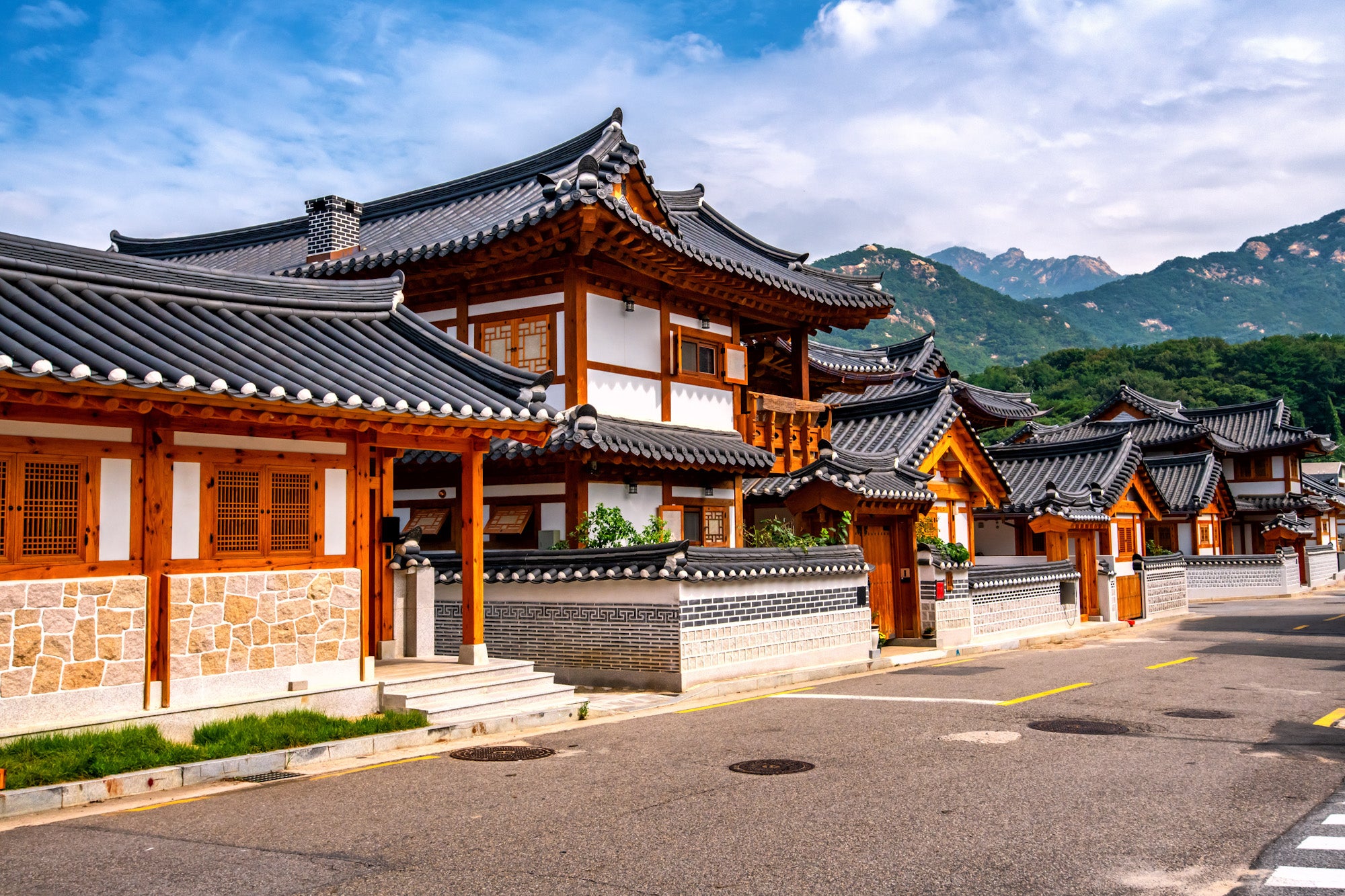

THE NON-MIRACLE OF SOUTH KOREA
by Alice Verola
We call it the “Miracle on the Han River.” The ultimate, unprecedented comeback of a poor, war-torn nation. A tiny peninsula, approximately the size of the state of Ohio, has somehow found its way into the hearts and homes of the world. K-Beauty is in every Sephora, K-Dramas are on the Top Ten list on Netflix, Samsung or LG are the most coveted electronics, and K-Pop has found its way into Barnes and Noble of all places. K-something in every nook and cranny. The world has fallen in love with everything “made in Korea.”
First let’s make something clear: South Korea’s rise was no “miracle.” What most people don’t know is just how scrappy and overachieving Koreans are. Here’s an illustration. In 1907, the Korean Empire owed Japan 13 million won. To pay this debt, women sold their wedding jewelry and men quit smoking. 90 years later, in 1997, the year of IMF’s $57 billion bailout of South Korea (a.k.a. “National Humiliation Day”), Koreans knew once again what to do. Nearly 3.5 million people— the rich, poor, old and young— lined up outside donation boxes to drop in every sentimental scrap of gold they owned. And by August 2001, the loan was paid back, a full three years ahead of schedule (surprise). When push comes to shove, that’s what South Korea has always done. Make things happen.
"WHEN PUSH COMES TO SHOVE, THAT’S WHAT SOUTH KOREA HAS ALWAYS DONE. MAKE THINGS HAPPEN."
Since then, they did what any good company would do. A full-on rebranding. Every intentional move has been successful so far. In Bloomberg’s 2020 Innovation Index, South Korea is a close second to Germany, marking its enduring position as one of the world’s most innovative nations. I’m reminded of the story of King Midas, the man who turned everything he touched into gold. Movies, aerospace and computing, cuisine, skincare, cars, skyscrapers, electronics, the development of new energy sources, the list just goes on.
You can’t deny South Korea’s a prominent player across many industries. But what’s even more remarkable than that? From pity case, they’ve become the one every mom is trying to get a playdate with for their kid. Aside from the fact that Seoul’s skyline appears to be growing taller each time I visit, something else has started catching my eye—people with South Korean flag stickers on their luggage and cloth flags sewn onto their backpacks. Could it be that South Korea has become “cool”? A strong indicator the rebranding campaign was a success.
Like German, Japanese, or Swiss-made indicates a certain standard, in my book already, “Made in Korea” has earned the mark of solid craftsmanship. A nation of obsession, focus, and drive, if there’s one thing South Korea’s good at, it’s making the intangible into the tangible. From idea into industry. We’ve all seen what happens when Koreans make decisions. All eyes are to remain on South Korea. They’re just getting started.
